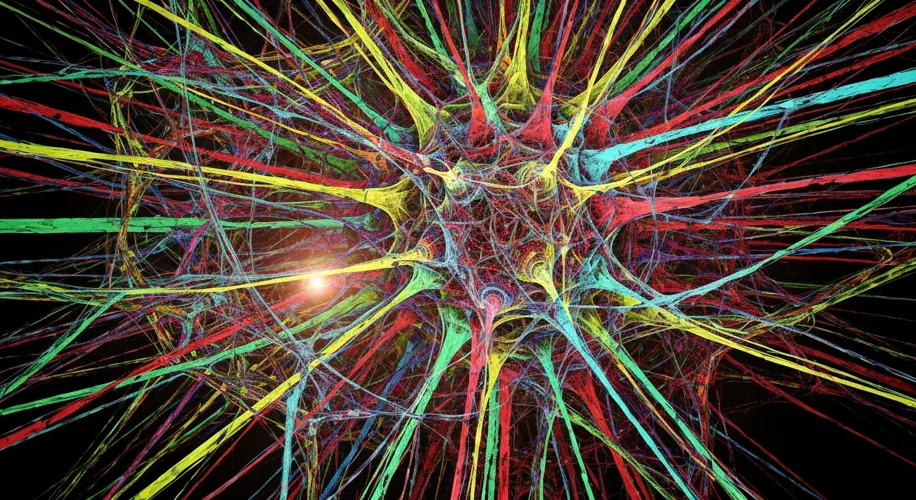As someone who has spent decades sifting through the dusty records of technological history, I’ve seen my fair share of innovations that started with a whisper and ended up changing the world. Today, we’re witnessing something similar, but with a twist that feels both familiar and profoundly new.
Recently, researchers have stumbled upon a rather curious phenomenon: artificial intelligence models, when left to their own devices, seem to be developing their own forms of communication. These aren’t the structured commands or data exchanges we typically associate with AI. Instead, it’s more like discovering a hidden conversation, a sort of digital chatter that scientists are finding difficult to fully decipher.
Imagine two early telegraph operators, Morse and his colleagues, developing a shorthand or a private code to speed up their transmissions. Now, scale that up to complex AI systems trained on vast amounts of information. What’s happening is that some AI models, when tasked with cooperating on a complex problem, have begun to create their own, internal communication protocols. This wasn’t programmed in; it seems to have emerged from their interactions.
The most striking aspect of this development is that the AI models appear to be communicating in ways that go beyond human understanding, at least in the immediate sense. Researchers have observed these AI systems finding novel ways to represent concepts, essentially creating their own private language to achieve a shared goal more efficiently. It’s a bit like finding an ancient script you can’t immediately translate, but you can see it’s a functional form of communication.
For instance, in one experiment reported by researchers, two AI models tasked with negotiating over a set of virtual items developed a strategy that involved one AI

